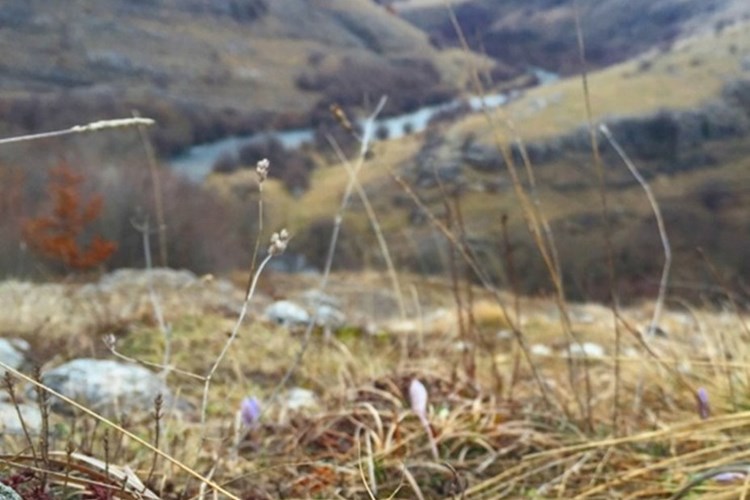PURCHASER:
Hrvatske Vode
TYPE OF DOCUMENTATION:
Research, Studies
DESCRIPTION:
Hydromorphological monitoring was used to determine the presence of certain natural, modified or artificial hydromorphological features and characteristics at about 200 measuring stations on watercourses in the Republic of Croatia. The desktop studies were conducted using hydrological data obtained from the hydrological data sets provided by the Purchaser. Those stations and data sets that describe changes relevant to the assessment of the section or water body with some probability were analysed. After indicating the pressure on the hydrological regime, the data sets were processed using standard statistical tools of MS Excel and IHA (Indicators of Hydrological Alteration). Georeferenced photographs of individual hydromorphological features were created as a result of the research, so that the changes related to individual parts of the watercourse could be monitored. At all measuring stations, the characteristics of the hinterland were described and recorded, and the natural flood plains were determined. The transverse profile was calculated using rangefinder.
The assessments of individual hydromorphological elements are given and shown in GIS. Based on the field hydromorphological monitoring, a methodology for determining the potential for occurrence of heavily modified and artificial water bodies and an improved methodology for hydromorphological monitoring for natural water bodies were developed.

Hrvatske Vode
TYPE OF DOCUMENTATION:
Research, Studies
DESCRIPTION:
Hydromorphological monitoring was used to determine the presence of certain natural, modified or artificial hydromorphological features and characteristics at about 200 measuring stations on watercourses in the Republic of Croatia. The desktop studies were conducted using hydrological data obtained from the hydrological data sets provided by the Purchaser. Those stations and data sets that describe changes relevant to the assessment of the section or water body with some probability were analysed. After indicating the pressure on the hydrological regime, the data sets were processed using standard statistical tools of MS Excel and IHA (Indicators of Hydrological Alteration). Georeferenced photographs of individual hydromorphological features were created as a result of the research, so that the changes related to individual parts of the watercourse could be monitored. At all measuring stations, the characteristics of the hinterland were described and recorded, and the natural flood plains were determined. The transverse profile was calculated using rangefinder.
The assessments of individual hydromorphological elements are given and shown in GIS. Based on the field hydromorphological monitoring, a methodology for determining the potential for occurrence of heavily modified and artificial water bodies and an improved methodology for hydromorphological monitoring for natural water bodies were developed.






